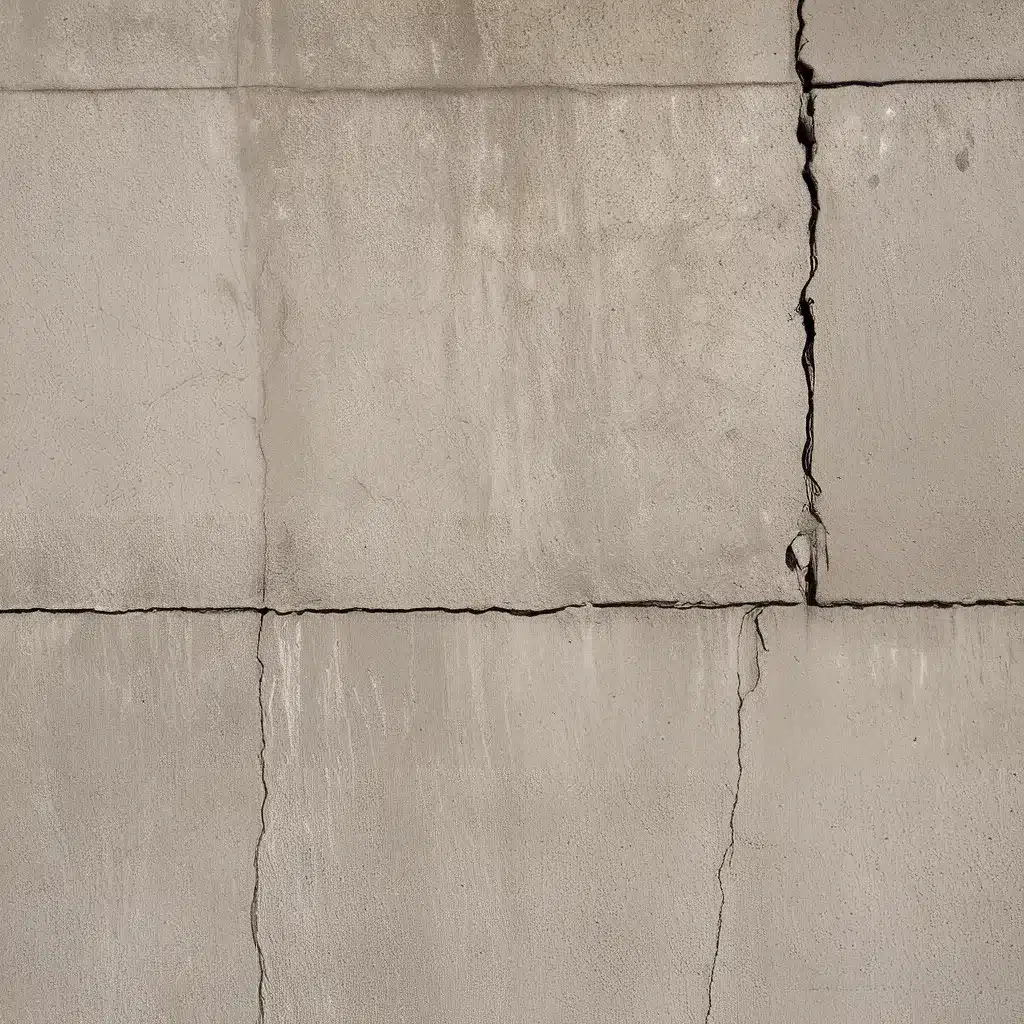
Maintaining a well-functioning, crack-free concrete surface is a critical concern for homeowners and property managers in Columbus, Ohio. The city’s diverse climate, with hot summers and cold, snowy winters, can be particularly challenging for concrete structures, leading to a variety of issues if not properly addressed. From unsightly surface cracks to serious foundation problems, neglecting concrete repair and maintenance can result in significant costs and headaches down the line.
Understanding the Causes of Concrete Cracks
Concrete cracks can stem from a variety of factors, and it’s essential to understand the underlying causes to implement effective solutions. The primary culprits are often related to the soil conditions, moisture levels, and structural integrity of the foundation. In Columbus, the region’s soil composition and potential for drought or heavy rains can significantly impact the stability of concrete structures.
Soil Settlement and Erosion: One of the most common causes of concrete cracks is the settlement or erosion of the underlying soil. As the soil shifts or wears away, the concrete slab or foundation is unable to maintain its structural integrity, leading to cracks and other damage. This is particularly problematic in areas with expansive soils, which can swell and shrink depending on moisture levels.
Hydrostatic Pressure: Excessive moisture buildup around the foundation can also contribute to concrete cracks. Hydrostatic pressure, the force exerted by groundwater or surface water, can put significant strain on the concrete, causing it to crack or buckle. Poor drainage systems or improper grading around the property can exacerbate this issue.
Freeze-Thaw Cycles: Columbus’s harsh winters, with their freezing temperatures and frequent snowfall, can also wreak havoc on concrete. As water freezes and expands within the concrete, it creates cracks and spalling (the flaking or scaling of the surface). This cycle of freezing and thawing can gradually deteriorate the concrete over time.
Structural Stress: In some cases, concrete cracks may be the result of excessive loads or structural stress, such as those caused by the weight of a building or heavy equipment. Improper foundation design or construction can also contribute to this problem, leading to cracking and even foundation failure.
Identifying and Addressing Concrete Cracks
Recognizing the signs of concrete cracks early is crucial to prevent them from becoming larger, more costly issues. Homeowners and property managers in Columbus should regularly inspect their concrete surfaces, looking for:
- Hairline cracks: These are the earliest signs of trouble, often appearing in the surface of the concrete. While they may seem minor, they can quickly worsen if left unchecked.
- Wide or jagged cracks: Larger, more severe cracks that may indicate significant structural damage or foundation problems.
- Crumbling or flaking concrete: This can be a sign of advanced deterioration, often caused by freeze-thaw cycles or poor concrete quality.
- Uneven or sunken concrete: Concrete that has settled or shifted, potentially due to soil erosion or foundation problems.
Once a concrete crack is identified, it’s important to address the issue promptly to prevent further damage. The appropriate repair method will depend on the size and severity of the crack, as well as the underlying cause.
Concrete Crack Repair and Maintenance Strategies
Crack Sealing: For minor cracks, a simple crack sealing procedure may be sufficient. This involves injecting a specialized sealant, such as hydraulic cement or polyurethane foam, into the crack to prevent water infiltration and further deterioration. Proper sealing can help extend the lifespan of the concrete and maintain its structural integrity.
Soil Stabilization: In cases where concrete cracks are caused by soil settlement or erosion, soil stabilization techniques may be necessary. This can involve the use of specialized equipment to compact and densify the soil, or the installation of helical piers or other support systems to provide a more stable foundation.
Foundation Reinforcement: For more severe structural issues, such as foundation problems, foundation reinforcement may be required. This can involve the use of steel I-beams or pier supports to distribute the load and prevent further cracking or settling.
Concrete Resurfacing and Replacement: In cases where the concrete is beyond repair, resurfacing or complete replacement may be necessary. This can involve applying a new concrete overlay or pouring a fresh concrete slab, ensuring a durable, crack-resistant surface.
Drainage and Waterproofing Solutions: Addressing the root causes of concrete cracks, such as moisture and hydrostatic pressure, is crucial for long-term success. Proper drainage systems, like French drains or sump pumps, can help redirect water away from the foundation, while waterproofing measures, such as sealants and coatings, can protect the concrete from water infiltration.
Prioritizing Preventive Maintenance
The key to maintaining a crack-free, well-functioning concrete surface in Columbus is proactive preventive maintenance. This includes:
- Regular Inspections: Routinely inspecting concrete surfaces for early signs of cracking or deterioration can help identify issues before they become more costly problems.
- Timely Repairs: Addressing concrete cracks and other issues as soon as they are discovered can prevent them from worsening and causing further damage.
- Proper Drainage and Grading: Ensuring that the area around the concrete is properly graded and that drainage systems are functioning effectively can help mitigate the risk of moisture-related problems.
- Freeze-Thaw Protection: Applying specialized sealants or coatings can help protect concrete from the damaging effects of freeze-thaw cycles, reducing the risk of cracking and spalling.
- Foundation Evaluation: Regularly assessing the structural integrity of the foundation, including any signs of settlement or shifting, can help identify and address underlying issues before they manifest as concrete cracks.
By proactively addressing concrete maintenance and repair needs, homeowners and property managers in Columbus can protect their investment, prevent costly repairs, and enjoy a durable, crack-free concrete surface for years to come.
Remember, the team at Concrete Repair Columbus Ohio is always here to provide expert guidance and professional services to help maintain the integrity of your concrete structures. Don’t hesitate to reach out for a free consultation and get started on the path to a crack-free, well-maintained concrete surface in your Columbus property.


